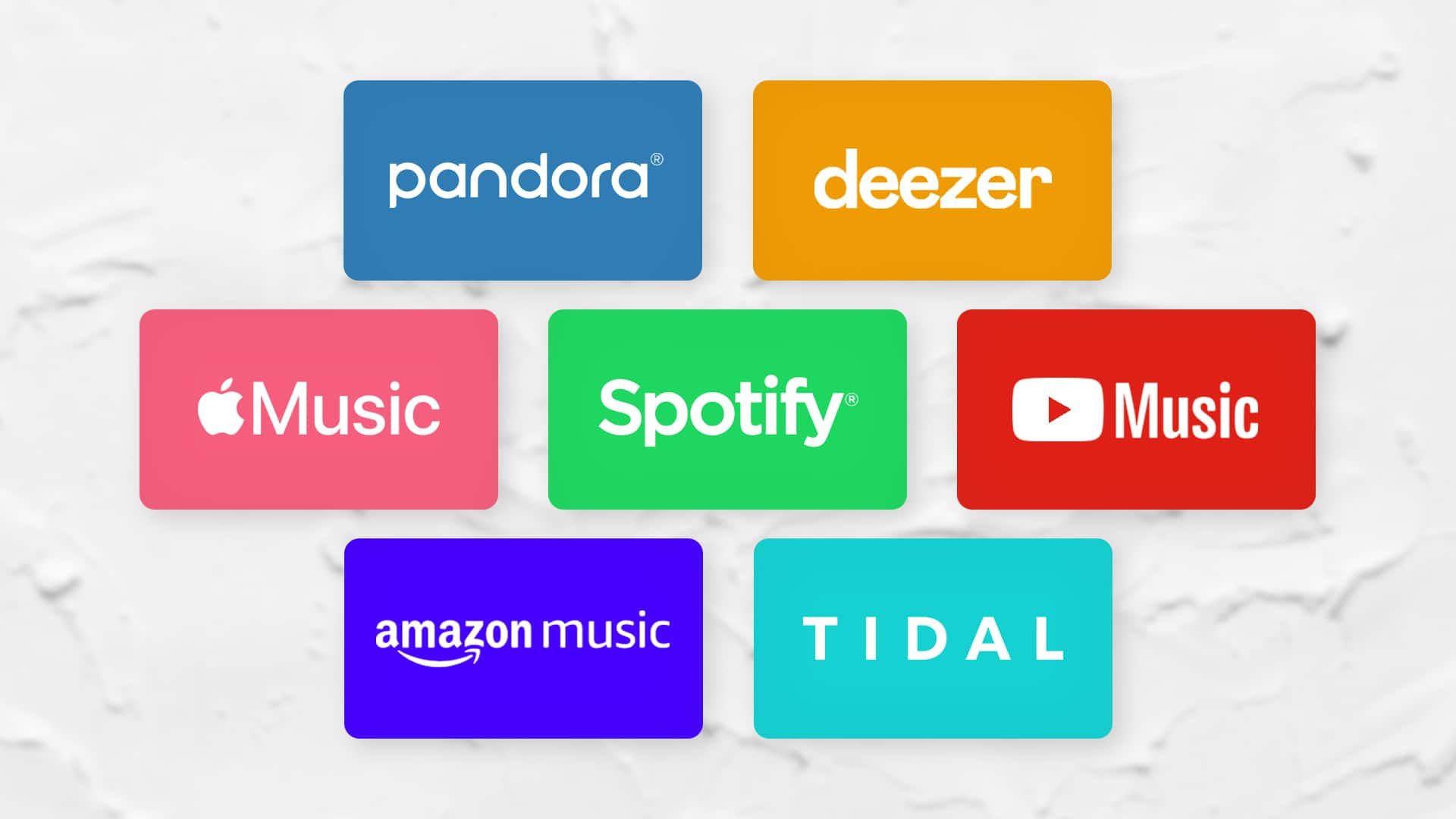Buzz Haven: Your Daily Dose of News
Stay informed and entertained with the latest buzz in news, trends, and insights.
Streamed or Screamed: The Hidden Drama of Music Streaming
Uncover the untold drama of music streaming—how your favorites are reshaped and redefined. Streamed or Screamed: What's really happening?
How Music Streaming Platforms Are Changing the Industry Landscape
The rise of music streaming platforms such as Spotify, Apple Music, and Tidal has significantly transformed the music industry landscape. Unlike traditional CD sales and digital downloads, these platforms offer users instant access to an extensive library of songs for a monthly subscription fee. This shift has not only altered how consumers access music but also how artists distribute and market their work. By providing a plethora of listening options, streaming services have democratized music consumption, allowing independent artists to reach audiences without the need for a major record label.
Moreover, the impact of streaming platforms extends beyond consumer behavior to include revenue models and artist compensation. The prevalence of streaming has led to a decline in physical sales, compelling record labels to adapt by focusing more on digital strategies. While these platforms have opened up new revenue streams through advertising and subscription models, artists often find themselves earning less from streams compared to the traditional sale of albums. This ongoing transformation raises critical questions about the sustainability of music streaming in its current form and its long-term effects on the music industry.

The Untold Story of Artist Royalties in Music Streaming
The rise of music streaming has revolutionized how artists distribute their work and reach audiences worldwide. However, this evolution has also led to significant debates regarding artist royalties. Most listeners assume that when they stream a song, the artist is fairly compensated. Yet, what many do not realize is that the revenue generated by streaming platforms is distributed among numerous stakeholders, including record labels, producers, and the streaming service itself. As a result, the fragment of income that actually reaches the artists is often minimal. For example, reports indicate that artists might earn less than a penny per stream, prompting a discussion about fair compensation in an evolving industry.
Moreover, the disparities in artist royalties vary significantly based on several factors, such as the negotiation power of the artist, their contractual agreements, and the platform used for streaming. Independent artists may struggle more than signed artists, who often have their royalties pre-determined by contracts that may not favor them. This uneven playing field raises critical questions about how emerging artists can sustain their careers in a system that prioritizes streaming numbers over fair payment. As the landscape continues to change, it is essential for both fans and industry professionals to advocate for improvements in royalty structures, ensuring that artists receive the recognition and compensation they deserve.
Is Music Streaming Killing the Live Concert Experience?
The rise of music streaming has undeniably transformed the way we consume music, providing unprecedented access to vast libraries of songs at our fingertips. However, this shift has raised questions about its impact on the live concert experience. With platforms like Spotify and Apple Music offering convenience and affordability, many fans find themselves opting for the comfort of home rather than attending live shows. This change might lead to a decline in concert attendance, as fans become accustomed to enjoying their favorite artists through headphones rather than in person.
Despite the allure of streaming, the live concert experience offers something unique that digital platforms cannot replicate. The energy of a live audience, the thrill of seeing musicians perform in real-time, and the sense of community that forms among concert-goers are aspects of music that streaming cannot replace. Many artists are recognizing the need to create memorable experiences that resonate with fans, which may reshape the future of live performances. As the music industry navigates this evolving landscape, the challenge lies in balancing the convenience of streaming with the emotional connection that live events provide.